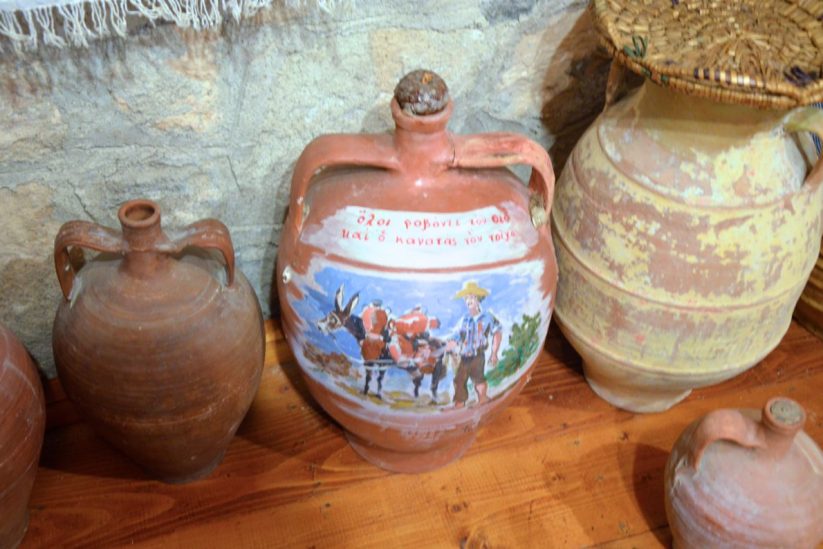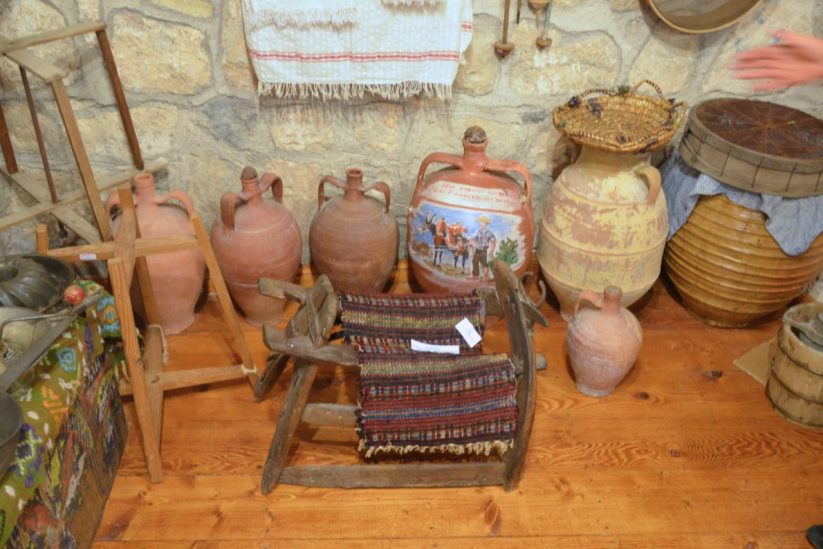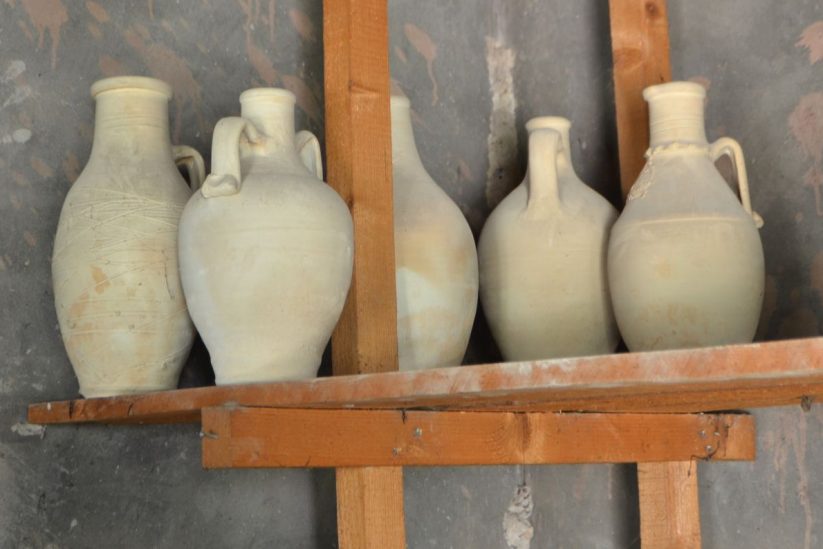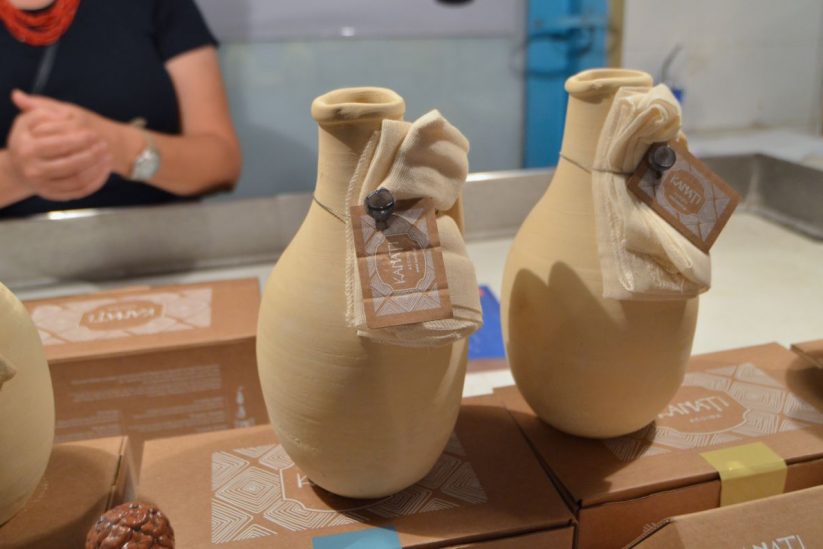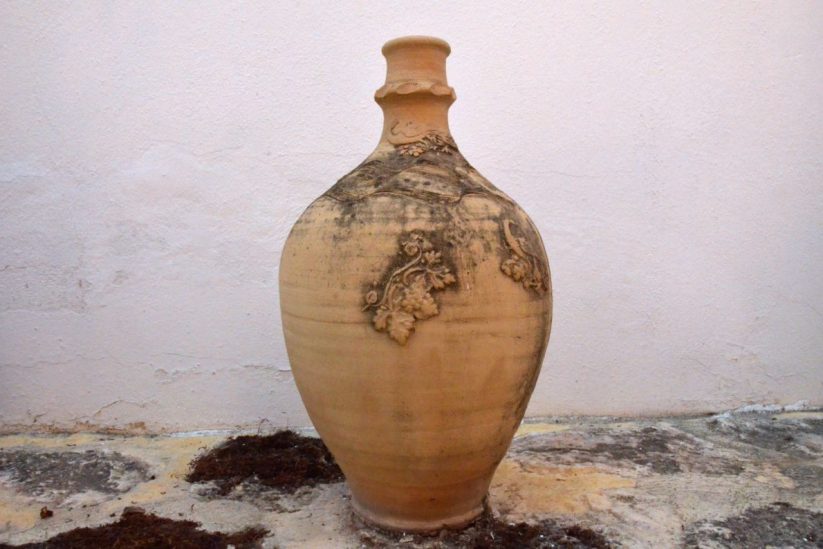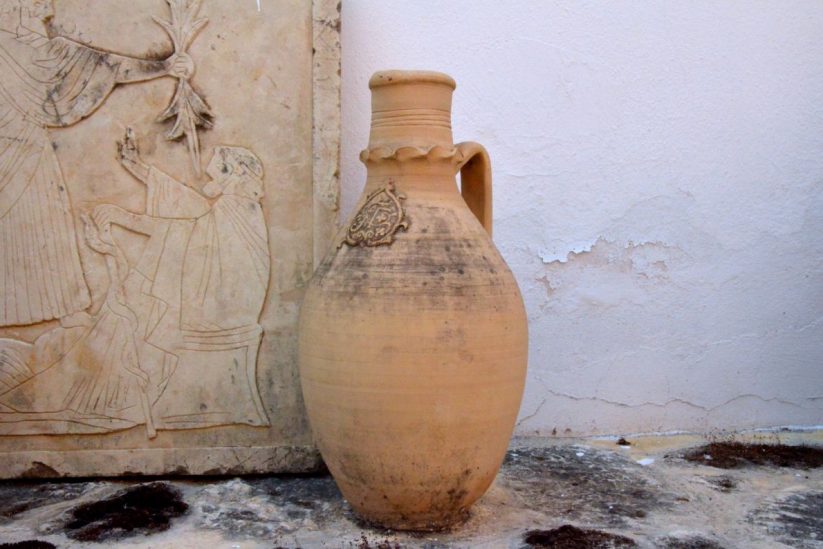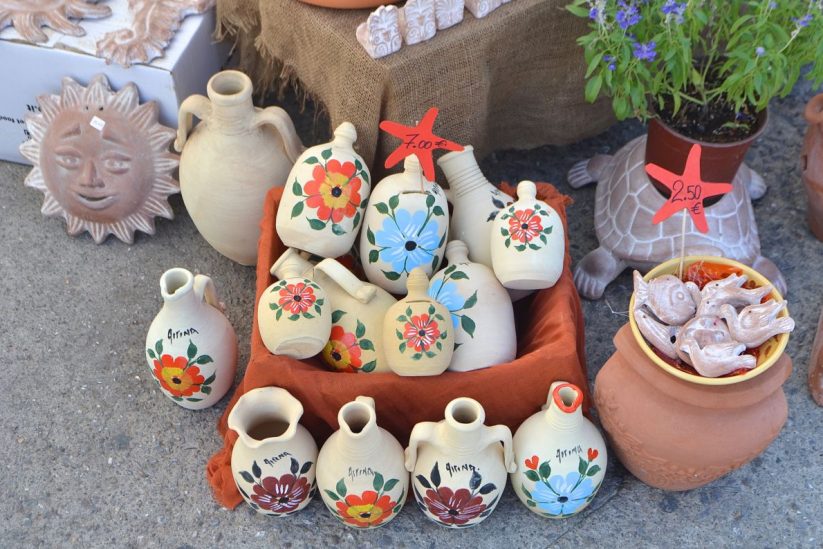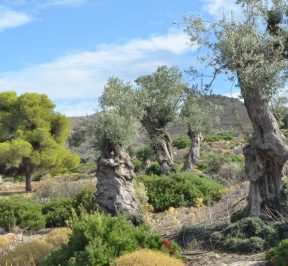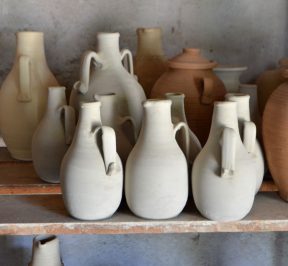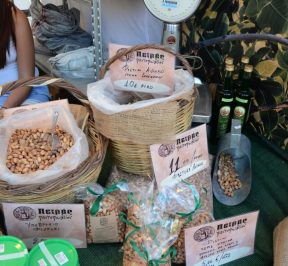Aeginian Jugs
One of the most widespread professions in Aegina it has always been his potter. The main reason for the flourishing of this profession was the abundance of its raw material clay soil (paspara) in his area Mesagrou, of Hive and in the city of Aegina.
The Aeginian jugs traveled throughout Greece since the time of the uprising of 1821, as stated by many written sources of that time. Their characteristic pale yellow color and refreshing properties made them the most famous vessels of modern Greek history, as before the advent of the refrigerator, Athens and Piraeus supplied the Aeginian jugs to keep household water cool. In fact, according to rumors the much-sung "Barba-Yannis kanatas" was from Aegina.
One of the historical photos of the famous photographer Voula Papaioannou is the one that depicts in the port of Aegina the hundreds of jugs waiting in line to be loaded on the boats in order to travel to Athens.
So these famous jugs had one or two handles and a wide mouth with a "groove" to facilitate the exit of water. Many jugs were decorated either with the embossed seal of the jug, or paintings with the theme of flowers, Greek flags or representations of boats of Aegina.
The most famous Canadian restaurants of Aegina are located in Mesagro, like these of Gary and of Sklavenas, which still operate today, and other tof Kyriakos Chaldaios, of Dionysis Galaris and of Demosthenes Rodis.
The soil was mined with shovels and pickaxes and for transport it was placed in sacks or baskets to be taken to the jug workshop. There, the soil with a special technique, after being beaten and turned into dust, was turned into mud and then into clay in a large cistern of water. Then, on the pedal wheel, the amorphous mass of clay was transformed into a beautiful jug. The next day, they placed handles on the jugs, some decorated them with their embossed seals and after three days of natural drying, and after they had solidified, they were placed in the oven of the laboratory to be baked.
After baking, they were left for another three days in the off oven to cool. This is followed by sanding or finishing, and then it was time to paint. After all this work and process, the Aeginian jugs were ready to conquer the markets.
Contact
- CategorySightseeing
- LeaseAegina

